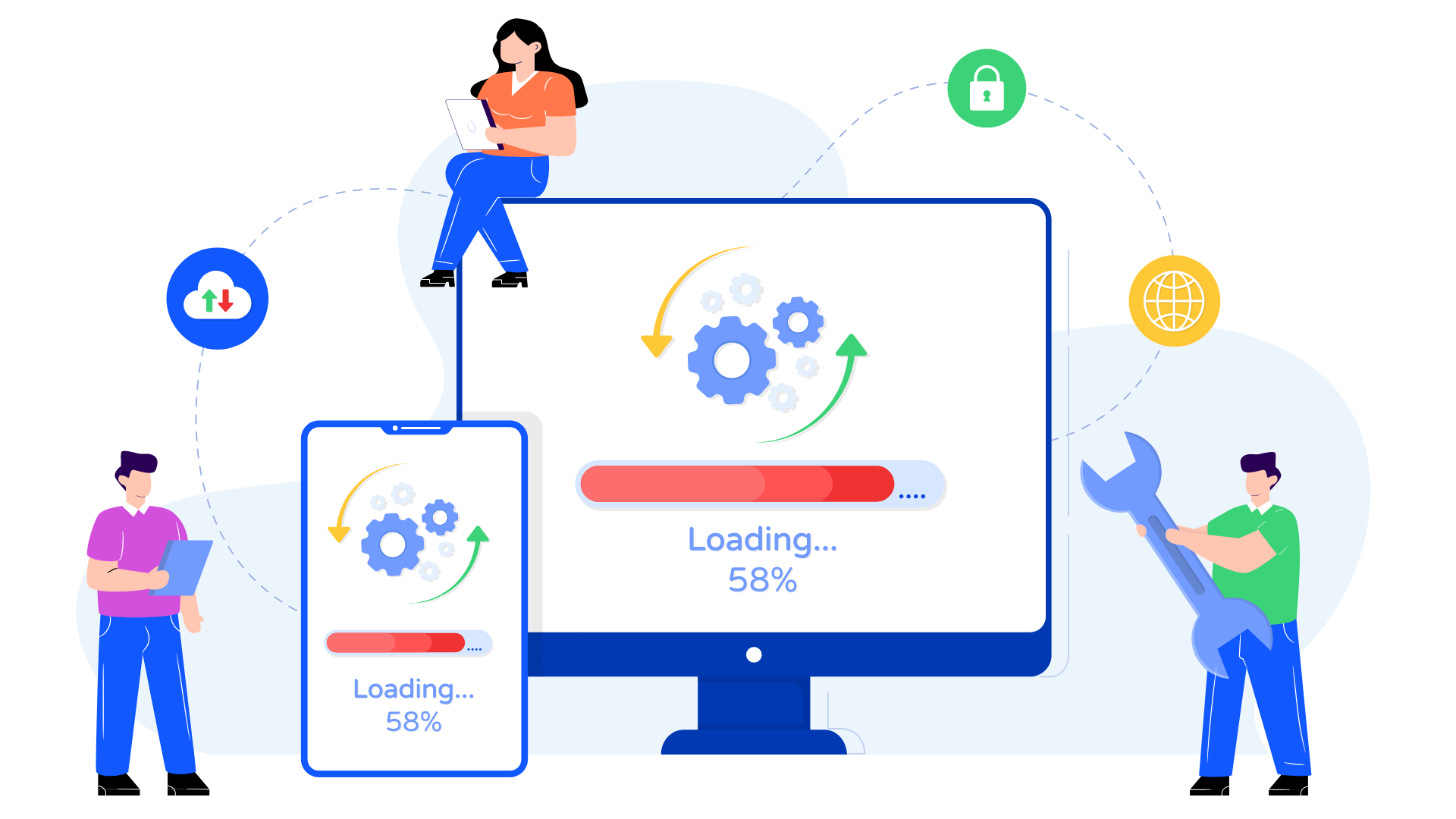Pricing Factors
Most business applications heavily depend on information stored in databases. This approach allows the organization of large amounts of data that can be accessed quickly as needed.
Software development and databases are often closely interrelated. They are created according to the business’s individual requirements, taking into account their specific activity, and therefore, each of them is a unique product.
Databases are an important element of digital transformation and an automation system in a business, which makes this tool unique and must-have for companies in various areas.
Database Development Cost: What Does the Cost Depend On?
There are several factors affect the costs and timelines in database development. Here are the most important ones in detail:
- Technical requirements and project design documentation. Detailed technical specifications for database development are necessary to assess project cost and deadlines. If you have such documentation, prototypes, access to already existing code and other components necessary for the pre-design work phase, you can reduce database development costs. Otherwise, developers will have to reverse engineer the solution without a roadmap, and that will increase the cost. Ready-made or replicated products can partially explain lower cost levels for standard, compared to custom databases and those developed from scratch.
- Project complexity. Complex projects are those databases that feature a multi-level structure, serious business logic, complex links, many components, integration with other systems, web access, and remote operation. Custom solutions developed in a non-standard subject area are also considered complex.
- Solution customization level. What we mean here is the number of custom requirements set specifically by a particular customer will greatly affect the overall project cost.
Sometimes, a database can be developed based on pattern solutions but depending on the end use or project specifications the solution is better off being developed from scratch. Using pattern or leveraged solutions has a lower cost than a fully customized solution from scratch. - Non-functional requirements. As a rule, in this case, we talk about such features as performance, dependability, and scalability. In cases where hundreds or thousands of users will work with the database at the same time, the requirements for database development and optimization will increase, and that will also push the project cost up.
This is generally a very individual parameter. Some, for example, are ready to slightly sacrifice performance to reduce database costs, but for others, the highest performance is an extremely important parameter. - Integrations with external services. If you plan a product with multiple external integrations, for instance, with payment systems, analytics, e-mail services, etc., this will increase the cost of database development as well.
Depending on factors stipulated above, database development, implementation, and support costs can vary significantly.
At LegacyX, we individually assess each parameter and link them to the unique needs of your business. We have a wide variety of projects we leverage to help fast track what will have the biggest impact into innovate and configure your database. If you are interested in how much custom database development will cost for your business or project, contact us, we can help you navigate and create the ultimate solution.

